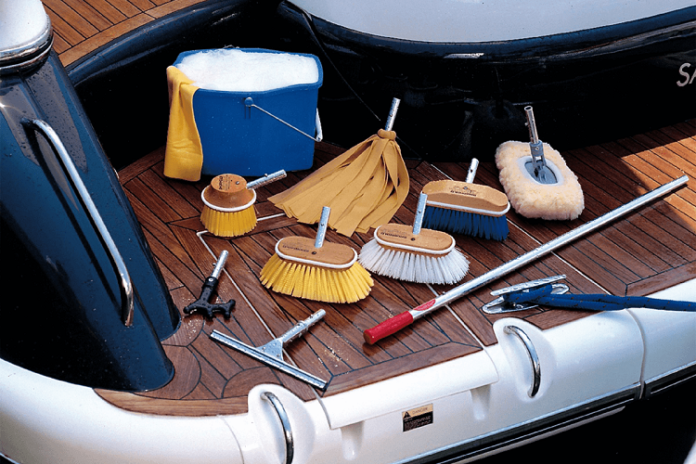Maintenance of the hull is critical to keeping a vessel in optimal condition. The hull, which is the main body or structure of a ship or boat, requires regular maintenance to ensure its integrity, performance, and longevity. In this, we will explore the key aspects of hull maintenance and the importance of proper care.
- Cleaning: Regular hull cleaning is essential to remove marine growth, such as barnacles, algae, and other organisms that can accumulate on the hull’s surface. Marine growth adds weight to the vessel but also increases drag, reducing fuel efficiency and affecting performance. Hull cleaning can be done using special tools or by employing professional divers who perform underwater hull cleaning. Regular boat bottom cleaning intervals depend on factors such as vessel usage, water conditions, and anti-fouling measures in place.
- Anti-Fouling Measures: Applying anti-fouling coatings to the hull is common to prevent marine growth and reduce cleaning. Anti- rust paints contain biocides that discourage organism attachment to the hull. These coatings can be self-polishing or ablative, gradually releasing biocides over time. Regular inspection and maintenance of the anti-fouling coating are necessary to ensure its effectiveness and make any necessary touch-ups or reapplications.
- Inspection and Repair: Regular inspections of the hull are vital to identify any signs of damage, corrosion, or structural issues. Inspections should cover both the exterior and interior of the hull, including areas below the waterline. Common areas of concern include welds, seams, joints, and areas prone to stress and impact. Any cracks, blisters, or signs of deterioration should be addressed promptly to prevent further damage and potential water ingress. Repairing or patching damaged sections of the hull may involve techniques such as welding, plating, or fiberglass repair, depending on the hull material.
- Corrosion Protection: Protecting the hull against corrosion is crucial, especially in saltwater environments. Applying protective coatings, such as corrosion-resistant paints or marine-grade coatings, can prevent corrosion and extend the hull’s lifespan. Regular maintenance of these coatings, including touch-ups and reapplication when necessary, is critical to ensure ongoing protection.
- Anode Replacement: Sacrificial anodes, also known as zincs, are installed on the hull to protect metal components from galvanic corrosion. These anodes are designed to corrode sacrificially, diverting corrosion away from critical parts of the vessel. Regular inspection and replacement of anodes is necessary to ensure their effectiveness in preventing corrosion damage.
- Dry-Docking: Periodic dry-docking is a crucial maintenance procedure for vessels. Dry-docking involves taking the vessel out of the water and placing it in a dry dock or slipway for inspection, maintenance, and repairs. During dry docking, the hull can be thoroughly inspected, cleaned, and repaired.
- Paint and Coating Maintenance: The hull’s paint and coatings protect the underlying structure from corrosion, UV radiation, and other environmental factors. Regular inspection and maintenance of paint and coatings is necessary to address fading, peeling, or damage.
Table of Contents
Conclusion:
In conclusion, maintenance of the hull is essential for the overall performance, safety, and longevity of a vessel. Regular cleaning, anti-fouling measures, inspections, repairs, corrosion protection, anode replacement, dry-docking, and paint/coating maintenance are all crucial aspects of hull maintenance.




